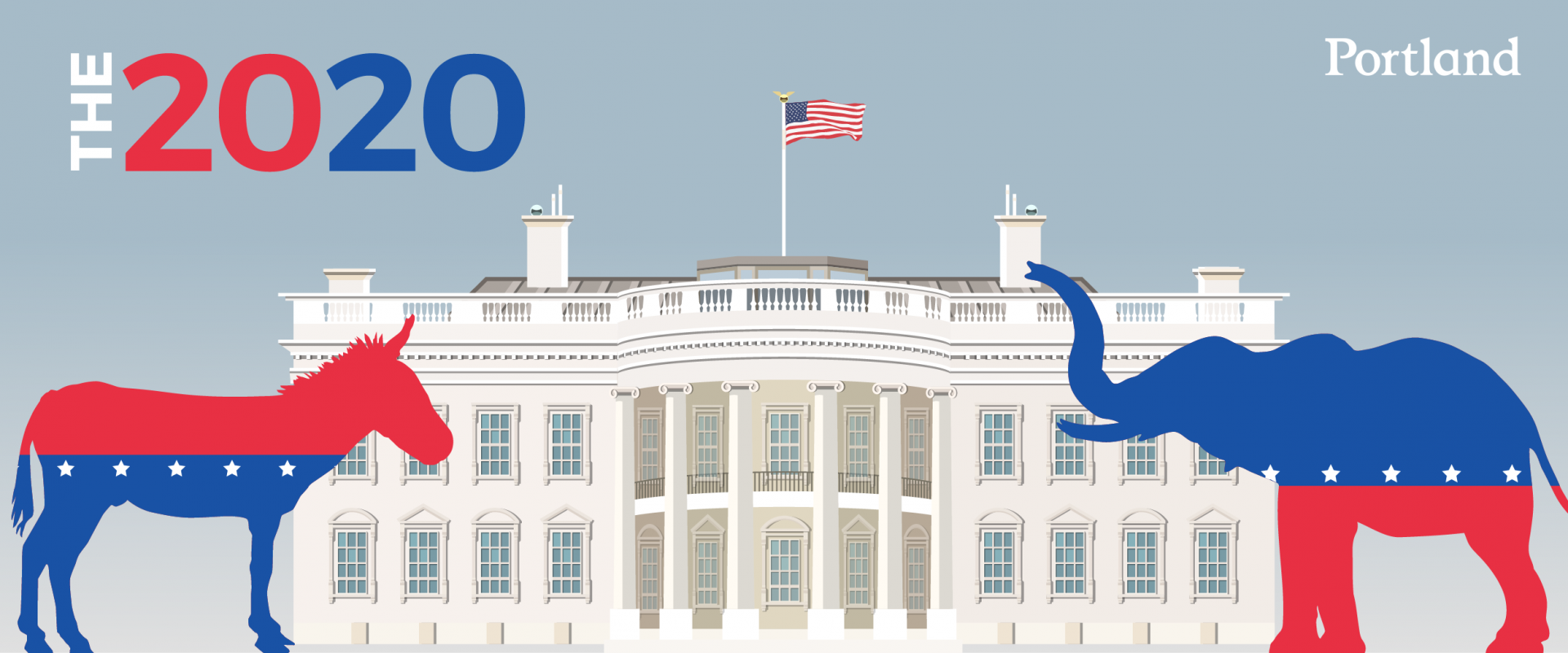The COVID-19 pandemic has exposed a number of vulnerabilities to the world economy and has put supply chains under tremendous pressure as they try to swiftly move medical supplies across the globe. As a result, US President Donald Trump has advocated for the nationalization of what he refers to as “stupid” supply chains in an effort to limit America’s dependence on other countries like China and India.
Trump is under increasing pressure to prevent a recession and save jobs. In just over 3 months, over 46 million Americans have filed for jobless benefits. This spells doom in an election year. Presidents Gerald Ford, Jimmy Carter and George H.W. Bush lost their re-election bids when unemployment was above 7 percent. Trump is battling a 13.3 percent unemployment rate as of May.
In the lead up to the 2016 election, Trump campaigned to bring jobs back to the US. Now, he’s using the current crisis to prove a point. “Everything I said turned out to be right,” Trump touted in a recent interview with Fox Business Network’s’ Maria Bartiromo about the importance of US manufacturing and moving supply chains out of China.
The Trump administration has in turn ramped up its call to “Buy American,” expressing the possibility of an executive order that would close the loopholes that currently allow the government to purchase medical products from foreign countries. White House trade adviser Peter Navarro is exploring ways to tighten “Buy American” laws so that federal agencies are required to purchase American-made pharmaceuticals and medical equipment.
“Never again should we have to depend on the rest of the world for our essential medicines and countermeasures,” said Navarro.
Trump took a step towards ending US reliance on foreign countries by awarding a contract worth up to $812 million to privately-held Phlow Corp to manufacture drugs and drug ingredients to fight COVID-19 in the US. Phlow, incorporated earlier this year, hadn’t manufactured or shipped any prescription drugs prior to April.
However, moving production back to the US and out of China will mean an increase in costs, which could translate into an increase in prices for goods. According to the Census Bureau, 47 percent of adults said they or a member of their household had lost employment income since mid-March. How can these Americans be expected to pay more?
And yet, there is a political push by members of both parties for nationalization of the supply chain. Members of Congress on both sides of the aisle are drafting bills that would decrease US reliance on Chinese-made products.
Many economic experts don’t agree with this strategy. Over 250 economists sent a letter to Trump, Speaker of the House Nancy Pelosi and Senate Majority Leader Mitchell McConnell, advocating for “smart policies” like federal government stockpiling instead of implementing a Buy American regime. The group acknowledged that diversifying supply sources and increasing inventories will be costly but nationalizing the supply chain will be even more so.
Based on research conducted by the Institute for Supply Management, the organization’s CEO Thomas W. Derry explained, “We’re seeing further feedback that organizations who diversified their supplier base after experiencing tariff impacts are potentially more equipped to address the effects of COVID-19 on their supply chains.”
The US isn’t alone in its supply chain struggle. During a video conference with the heads of the International Labour Organization, the International Monetary Fund, the Organization for Economic Cooperation and Development, the World Bank and the World Trade Organization, German Chancellor Angela Merkel argued that the answer to the pandemic is not to “renationalize” international supply chains, warning that people would end up paying more.
While much about the coronavirus pandemic remains uncertain, it’s inevitable that changes to the globalized economy will be made. For one, global supply chains will likely shift their epicenters either through diversification or nationalization. Second, systems will need to digitalize in order to accommodate drastic changes in resourcing and demand.

